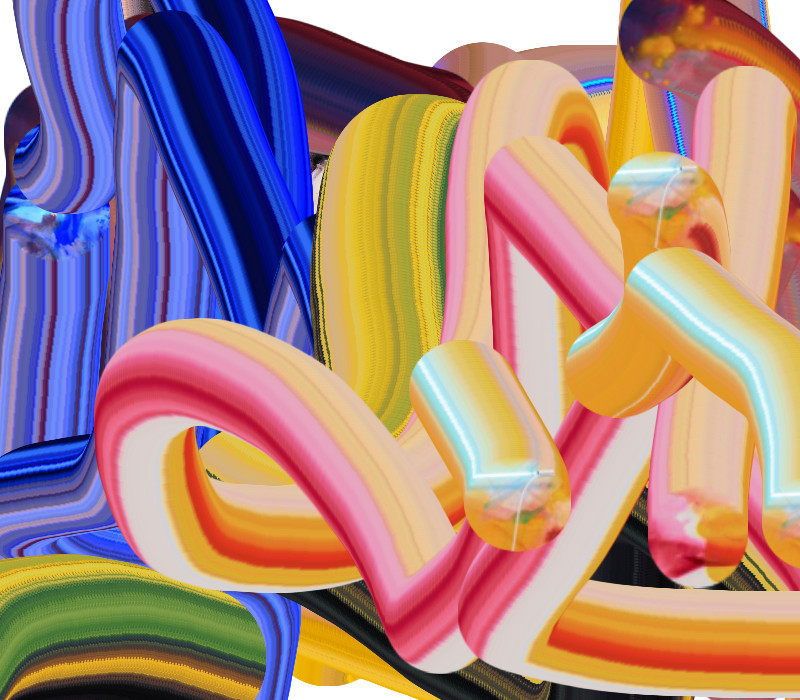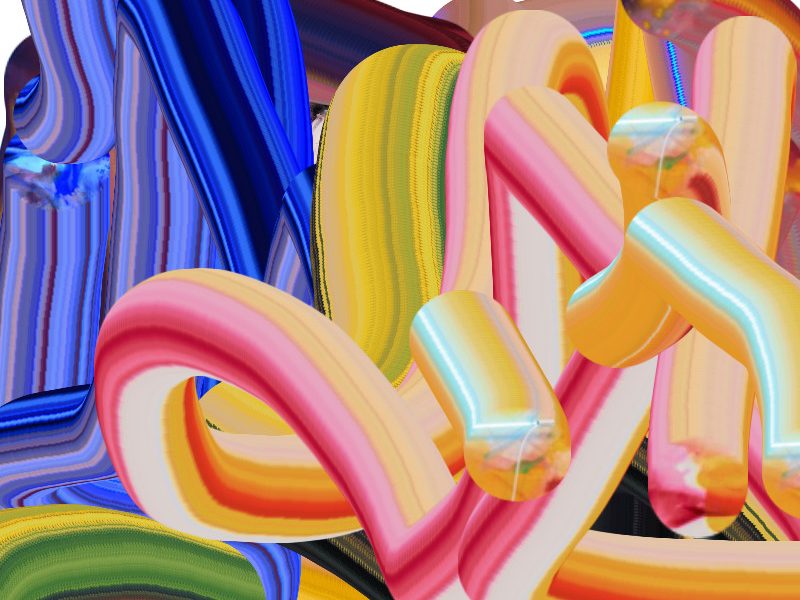The Story of NFTs: Artists, Technology, and Democracy (Review)
The significant drop in the price of Bitcoin from $47,000 to $16,000 in 2022, along with a related fall in the average price of NFT art from $3,200 in 2021 to $1,200 in late 2022, led many commentators to declare a “crypto winter.”
But, the authors of The Story of NFTs: Artists, Technology, and Democracy, a new book released on March 7 with Rizzoli — offer a different metaphor. Co-author Amy Whitaker told nftnow that the structure of NFTs and crypto is similar to hiking in Yosemite, where there had been a forest fire several years earlier.
“The giant trees survived from unharmed roots. The mid-sized trees were decimated — absolutely charred, like giant blackened toothpicks. The forest floor was covered in a chaotic and verdant regrowth.” Whitaker continued, “We are seeing something similar today. The forest floor is the most interesting because that is where creator royalties are changing the structural economics of being an artist—or creative worker in any field.”
Exploring the metaphor
In the past couple of months, the arts field has seen some NFT artists be recognized by stalwart “giant tree” institutions: So far, in 2023, the Centre Pompidou and LACMA announced major NFT acquisitions. And in December of 2022, the Buffalo AKG Art Museum staged the first museum retrospective of NFTs, curated by Tina Rivers Ryan.
Whitaker’s co-author, Nora Burnett Abrams, a director at the Museum of Contemporary Art Denver, echoed the forest fire analogy. “We are already witnessing new approaches to art-making, presentation, and collecting,” Burnett Abrams said. “And excitedly, the invitation to new audiences and other stakeholders to participate.”

Their book aims to place NFTs in a longer root structure of conceptual art practices, dating back to Sol LeWitt’s Wall Drawings from the late 1960s. The practice of issuing certificates of authenticity for conceptual artworks echoes the function of the NFT as recording ownership of an artwork — a set of instructions — that would be hard to “own” otherwise.
Whitaker and Burnett Abrams take readers through the economic precursors to NFTs, too — the 1971 Artist’s Reserve Rights Transfer and Sales Agreement, which allowed artists to claim 15 percent of the increase in value when a work of art resold.
As blockchain platforms debate resale royalties, this history of artists’ activism puts recent innovation in a longer context. The book is structured around the many intersecting stories of NFTs — not just the “money” and “tech” stories of crypto but the “artist” and “democracy” stories of shaping the future too.
If “winter” is an arms-length metaphor for cooling, the forest fire is an idea of regrowth. As Burnett Abrams says, “I’ve always thought of artists as the ‘seers’ who help pull us to the future.”
The Story of NFTs pulls in Whitaker’s work as a longtime blockchain researcher and professor, and Burnett Abrams’ work at MCA Denver to create an uncommonly warm invitation to the art-history prequel of NFTs — as a set of foundational questions for the future. It also happens to be a gorgeous coffee table book, with Addie Wagenknecht’s vibrant Rainbow Eugene Man gracing the cover.
Anne Bracegirdle is a partnerships and web3 strategic advisor for FKB Studio, previously VP of Business Development at Metaversal. She co-founded Christie’s Art+Tech Summit in 2018 and the Art & Antiquities Blockchain Consortium. Find her at @annebracegirdle.
The post The Story of NFTs: Artists, Technology, and Democracy (Review) appeared first on nft now.

